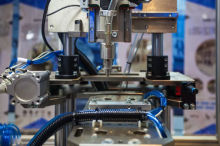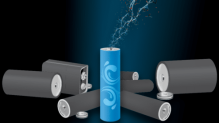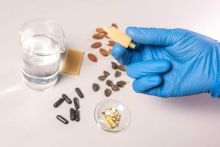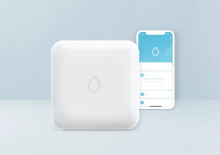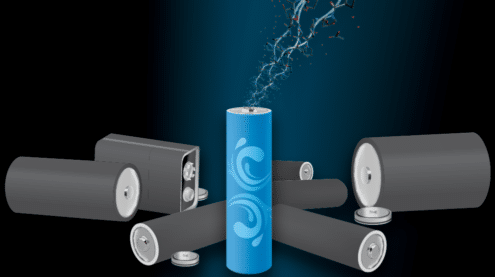
Jodie Lutkenhaus, Ph.D., professor of chemical engineering, and Daniel Tabor, Ph.D., assistant professor of chemistry, discovered water-based batteries with remarkable storage capacity.
Lithium-ion batteries are widely used in the electronics industry. They are made of metals such as cobalt and lithium. If there is a shortage of these metals in the future, the price of metal batteries will rise sharply. In such cases, alternatives with more stable supply and viable in-house production are desirable.
Jodie Lutkenhaus, Ph.D., professor of chemical engineering, and Daniel Tabor, Ph.D., assistant professor of chemistry at Texas A&M University, have discovered a very efficient way to store charge using aqueous batteries. They found a 1,000 percent difference in the storage capacity of water-based batteries compared to metal batteries. Using this safer chemistry can also avoid battery fire accidents.
Similar to other batteries, water-based batteries also consist of an anode, electrolyte and cathode. The electrolyte of the water-based battery is a mixture of water and organic salts, and its electrolyte realizes ion conduction and energy storage by interacting with electrodes, and has a polymer cathode and an anode for energy storage. According to Lutkenhaus, there has been a problem with the electrodes expanding too much in the process leading to reduced performance. Redox-active nonconjugated radical polymers are promising for metal-free aqueous batteries due to their high discharge voltage and fast redox kinetics.
The researchers used electrochemical quartz crystal microbalances for dissipation monitoring on different time scales to examine the nature of redox reactions by examining aqueous electrolytes that change their chaotic/lyophilic properties. Based on combined theoretical and experimental results, the researchers observed how the cathode improved in the presence of specific salts by measuring the flow of water and salt into the cell during operation.
"Our goal is to extend the simulation to future systems. We need to test our theories about the driving forces behind the injected water and solvent," Tabor said. This new energy storage technology represents a big step towards lithium-free batteries. A more detailed molecular understanding of battery electrode performance provides compelling evidence for future materials design.


